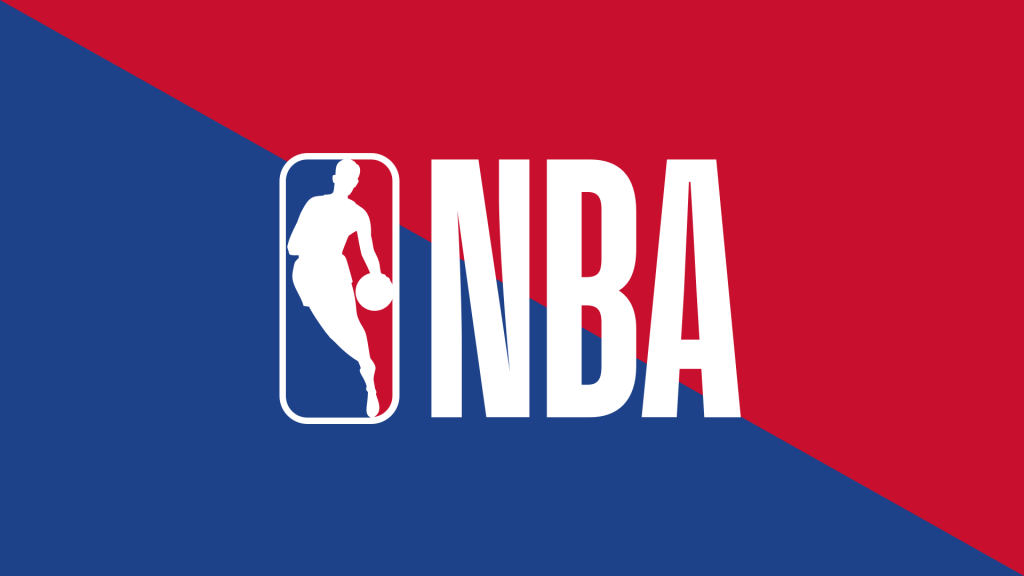An Explanation of Flagrant Fouls in the NBA
In basketball, a flagrant foul is what’s considered “unnecessary contact” with a player, and it’s handed out during the course of the game. They often include violent contact and persistent misbehaving conduct. There are two types. Flagrant 1 is unnecessary contact, whether intentional or unintentional. Flagrant 2 is when unnecessary contact becomes excessive, usually considered intentional (otherwise it wouldn’t be so excessive). They both count towards the team’s foul count, and the penalty is loss of possession and two free throw attempts awarded to the opposing team.

A point system is used to track the number of flagrant fouls a player accumulates. 1 point is received for each flagrant foul. In the regular season, if a player gets more than 5 points, they are suspended for the next game. A two-game suspension follows if they have more than 7. In the NBA playoffs, the points needed for suspension are lowered to 3 and 5 respectively.
When a player gets a flagrant foul 2, the offending player receives an automatic ejection from the game. Players who commit two flagrant 1 fouls in a single game receive an immediate ejection as well. Physical hits like elbows, punches, and kicks are often categorized as flagrant fouls, but other actions like jersey grabbing can be considered flagrants. In the end, like in many sports, it’s up to the individual referees to determine whether a foul committed is flagrant or not.

Another kind of foul often confused with flagrants is technical fouls. However, technical fouls don’t involve direct physical contact, and they are mainly used for unsportsmanlike conduct. They can also apply to people not on the court, like players on the bench and coaches. With a technical foul, possession is surrendered to the other team but they receive only one free throw. The shot clock is also reset to 14 seconds if it was under 14 seconds when the violation occurred.
The flagrant foul was introduced to the NBA during the 1990-1991 season. It increased the penalties for egregious fouls on the court, because they used to be treated the same as common fouls. The penalties introduced included two free throws for the opposing player plus possession of the ball, which still stands today. Additionally, an automatic ejection was issued if the referee determined that the player wasn’t making an attempt to play the live ball. Beginning in the 2006-2007 season, all flagrant 2 fouls were required to be review on instant replay, with officials permitted to maintain or downgrade the foul after review.
https://youtu.be/qHXq7G6cIeQ?t=16
Outside of the NBA, flagrant fouls work a bit differently, but they all heavily penalize the offending team and can result in the immediate ejection of a player that commits a foul.
More NBA news:
Follow our NBA page for more key NBA updates and news


